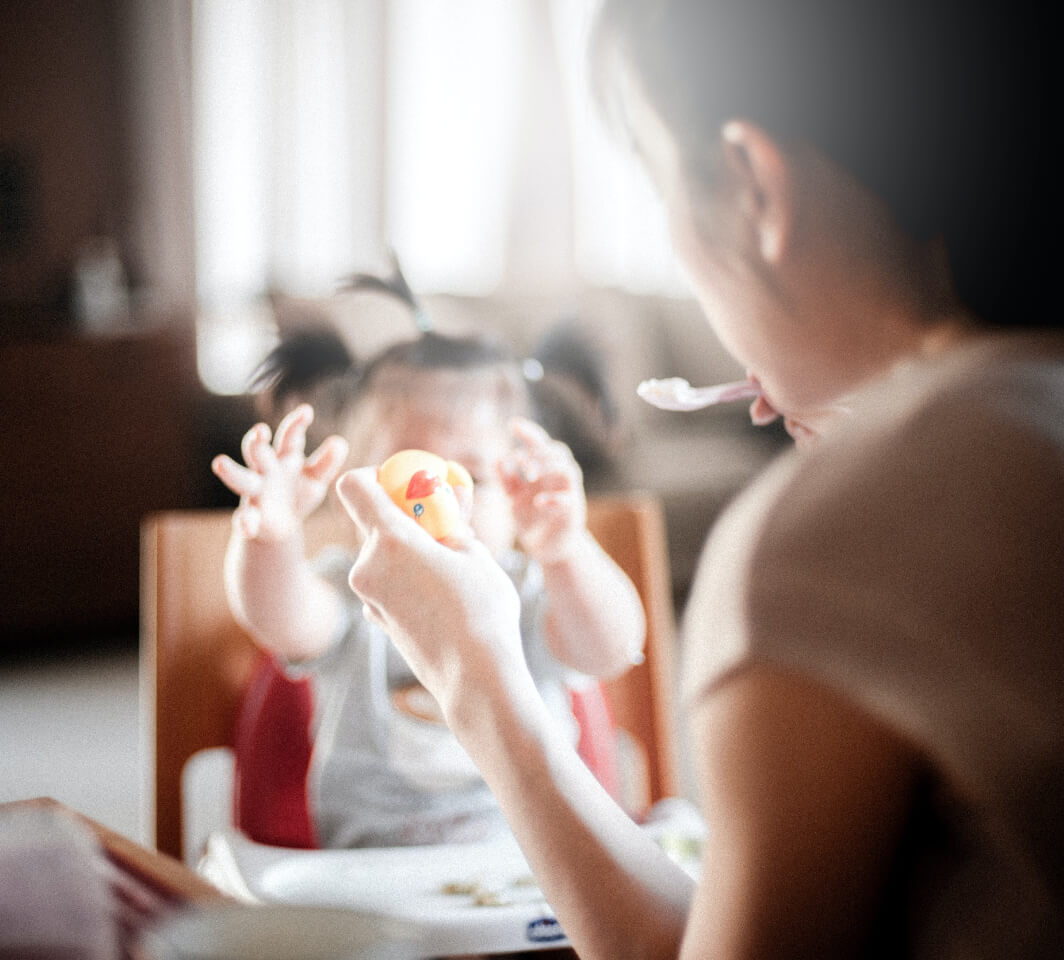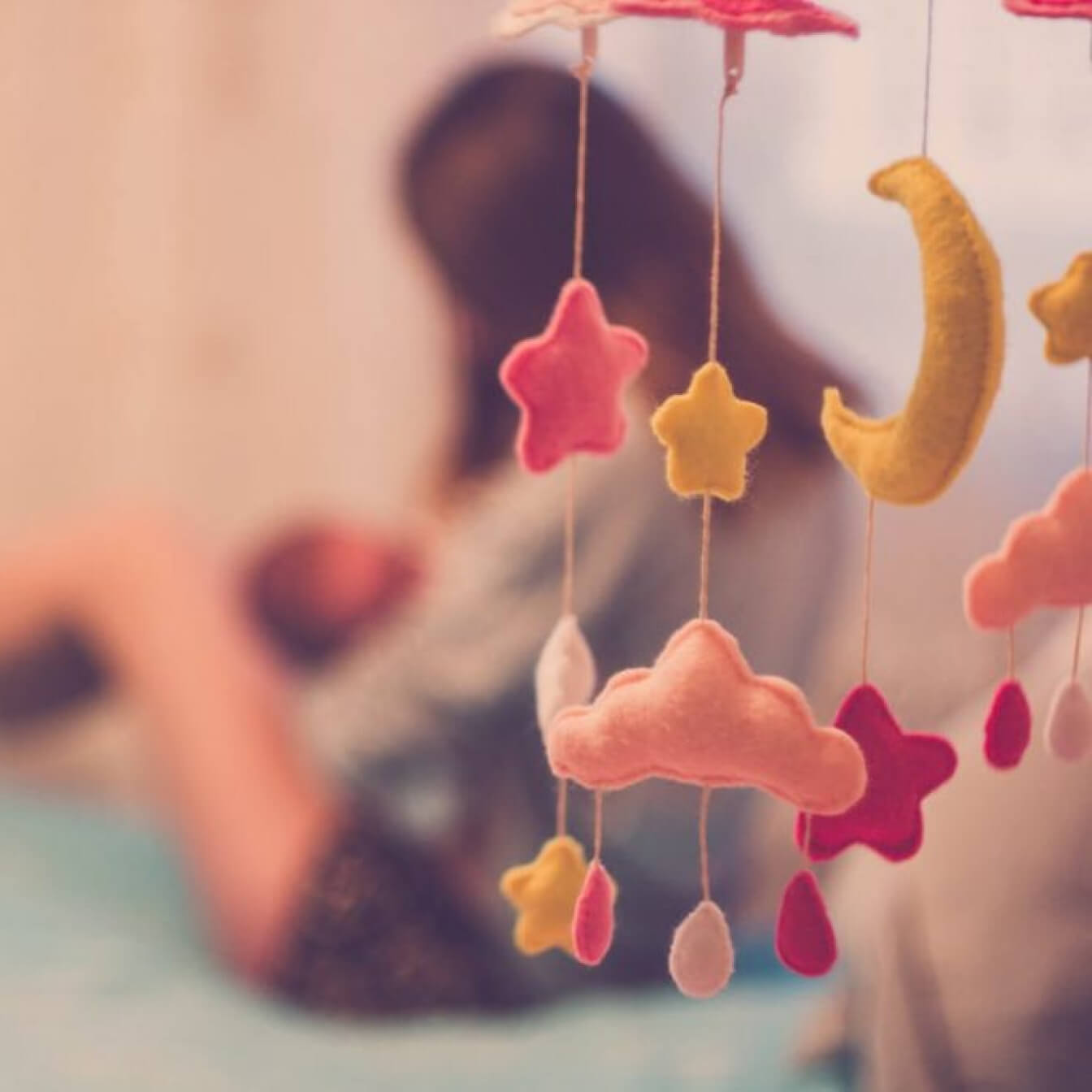Your little one’s emotional development is also intrinsically linked to cognitive growth (PDF 314kb) and stimulated by personal and environmental influences and experiences. For example, a child who is raised with love, provided with proper nourishment, and grows up in a positive environment is very likely to have healthy emotional development.2
Between the ages of 12 and 15 months old, your child may experience separation anxiety especially if he/she is starting day-care for the first time. This could elicit new emotions like worry and fear. Other new emotions toddlers this age might experience are frustration and anger. As they become more independent, their needs and wants will increase. However, they might not be able to express these properly because of their limited language abilities. Even if they are able to communicate these to you, what they want might not be safe for them, resulting in you saying “no” and them feeling frustrated and angry.
Of course, your toddler will also experience and express positive emotions like joy (when they see you), excitement (a trip to the playground), and empathy (feeling sad when they see someone else crying).





.jpg)